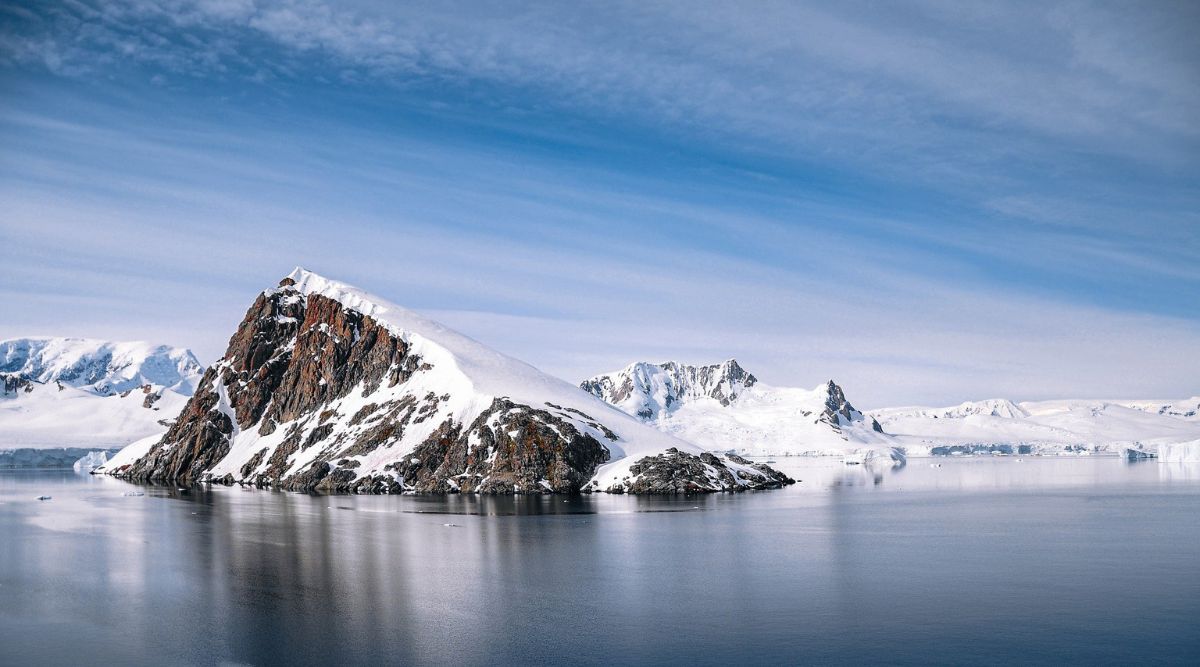
According to a recent study, the most intense heat wave ever recorded on Earth occurred in Antarctica in March 2022, when temperatures near the eastern coast hit 39 degrees Celsius above normal. Some researchers wore shorts to the site, while others removed their shirts to enjoy the weather. According to the Washington Post, specialists from other regions say such a high temperature in the area is unthinkable. Edward Blanchard-Wrigglesworth, an atmospheric scientist at the University of Washington and the study’s author, said, “It was just very apparent that it was a remarkable event. We found that temperature anomaly, the 39-degree temperature anomaly. That’s the largest anywhere ever measured anywhere in the world.”
In general, temperatures on the east coast of Antarctica at Dome C in March are around minus 54 degrees Celsius, signaling the start of fall on the continent. Temperatures hit minus 10 degrees Celsius on March 18, 2022, which was warmer than the maximum temperature recorded during the summer months in that location. Blanchard-Wrigglesworth and his colleagues investigated how and why such an incredible heatwave occurred, particularly when there was less sunlight. They discovered that severe heat is a natural occurrence in Antarctica. The warmer climate, on the other hand, had the same effect.
At the same period, Antarctica had the least amount of sea ice on record
Winds normally travel from west to east around Antarctica, according to a study published in the peer-reviewed journal Geophysical Research Letters, helping the continent isolate from warmer parts further north and staying chilly. However, the winds curved, allowing warm air from southern Australia to move to East Antarctica in just four days, similar to the heatwaves in the United States. Furthermore, the northern winds brought a lot of moisture, causing snow, rain, and melting on the ice sheet’s eastern coast. At the same period, Antarctica had the least amount of sea ice on record. However, the team suggested that it was not owing to the heatwave.
The study discovered that large weather swings are not uncommon in the polar areas. The research team examined data from global weather stations and discovered that the greatest temperature variations from the norm occur in high latitudes. Such unusual heat waves are unheard of in Europe or the United States. The air becomes cooler as we go higher in the atmosphere. High latitudes with snow, on the other hand, have colder air near the ground and warmer air above it. In such cases, a warm air mass might dive in and replace the cold air, resulting in warm weather. These occurrences are more common during or near winter. “We saw that with the Antarctic heat wave.” “These events are eroding that inversion,” Blanchard-Wrigglesworth explained.






